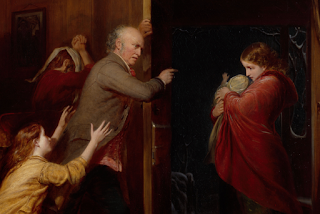Photography and Politics
In the publications Photography/Politics: One (1979) and Photography/Politics: Two (1986), Jo Spence as part of Photography Workshop sought, through an expansive definition of the titular terms, to address interferences between photography and politics across the history of the medium. Through also focusing on the role of institutions, and particularly as financing entities, the editors and contributors demonstrate the multifarious ways that we are unconsciously subject to the camera’s and photography’s power. While our consciousness of this potential may be comparatively better understood in today’s photographically saturated and occasionally more sceptical cultures, pondering on the revelations of Photography/Politics proves nonetheless instructive.

For instance, we learn that ways we are presented and present ourselves to the camera are often already determined by internalised modes of seeing, behaving and image-making through our exposure to portrayals in the media and advertising. Uncomfortably at times, the combinations of writing and images in the two volumes of Photography/Politics uncover the habits of presentation we willingly if unwittingly repeat as a consequence of playing photographic subject to a camera. How do we learn these behaviours?
For one example, consider the difference between school portraits of Spence and her collaborator Rosy Martin available here. On our right, Spence holds a shot of a decontextualized head for our inspection, whereas Martin presents us with a posed and staged picture of the studious pupil, Rosy, pencil in hand. What control did the figures in these ostensibly innocent pictures of schoolchildren have over their photographed selves? And why did ways of staging UK school portraiture evolve like this in the years intervening between Spence’s and Martin’s photographs? What modes of self-presentation might these photographic experiences have inspired in the two young subjects?
Well before an image is processed and re-presented for consumption, decisions of selection and editing lie at the core of how we behave with and for the camera. What props, what pose? When this picture is looked at in future, what past do you want it to tell that you had? Most photographs—and especially family, domestic and commercial ones—have been informed by a preference for demonstrating our better or aspirational selves, in which we must acknowledge the social purpose of photographs to both record and generate an aspiration. Spence and her collaborators sought to work against this grain and in that hoped that their audiences would be better placed to engage with and take photographs of themselves and others.

Comments
Post a Comment